Animals of Oceania include the red kangaroo (Macropus rufus), the platypus (Ornithorhynchus anatinus), the koala (Phascolarctos cinereus), the cassowary (Casuarius casuarius), the bearded dragon (Pogona vitticeps), the saltwater crocodile (Crocodylus porosus), and many more.
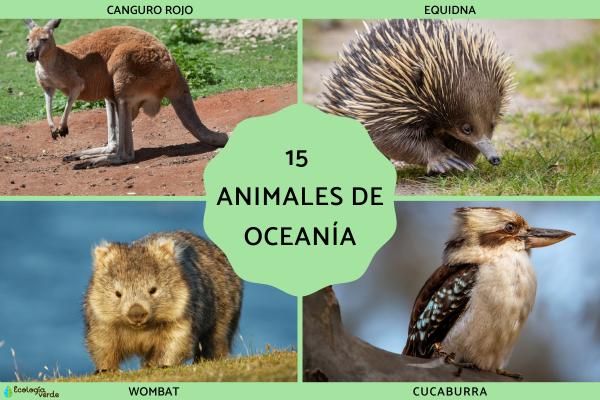
Red Kangaroo
Platypus
Echidna
Koala
Kiwi
Cassowary
Wombat
Tasmanian Devil
Bearded Dragon
Australian Green Tree Frog
Kookaburra
Saltwater Crocodile
Emu
Australian Perentie
Dugong

The red kangaroo is the largest terrestrial mammal in Australia and one of the largest marsupials on Earth. Males can reach up to 1.8 meters in height, with tails up to 1.2 meters. They move by powerful leaps, using their tails for balance, and can jump up to 3 meters high and 10 meters long. Red kangaroos thrive in Australia’s arid and semi-arid grasslands and are a true symbol of the continent.
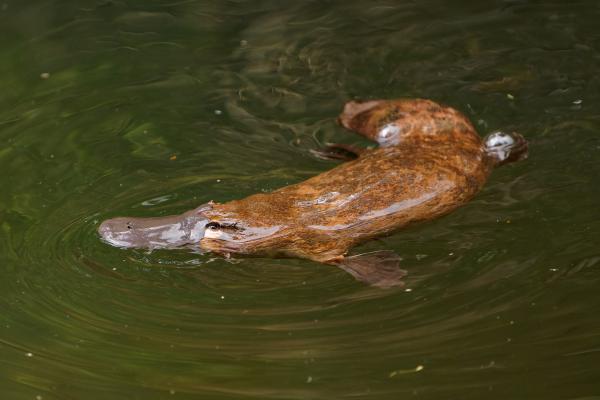
The platypus is one of the world’s most unique mammals and a rare egg-laying monotreme. It is native to eastern Australia and Tasmania. Platypuses feature a duck-like bill, a beaver-like tail, webbed feet, and the female lacks nipples—milk seeps through the skin for the young to lap up. Males have venomous spurs on their hind legs.

Echidnas are egg-laying mammals, like the platypus, and belong to the monotreme group. They inhabit Australia, Tasmania, and New Guinea. Their bodies are covered in spines (modified hairs) for protection. They use their long snouts and tongues to feed mainly on ants and termites.
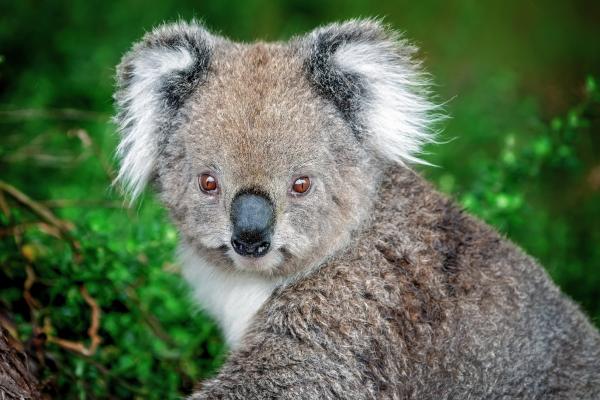
The koala is an arboreal marsupial native to eastern and southern Australia, living mostly in eucalyptus forests. Koalas feed almost exclusively on eucalyptus leaves and sleep up to 20 hours a day due to their low-energy diet. Their fluffy appearance makes them a beloved icon of Australia.

Kiwis are flightless birds endemic to New Zealand, comprising five species. They are about the size of a chicken, nocturnal, shy, and have a remarkable sense of smell. Kiwis prefer dense forests but can also live in shrublands and pine plantations. They are a national symbol of New Zealand.
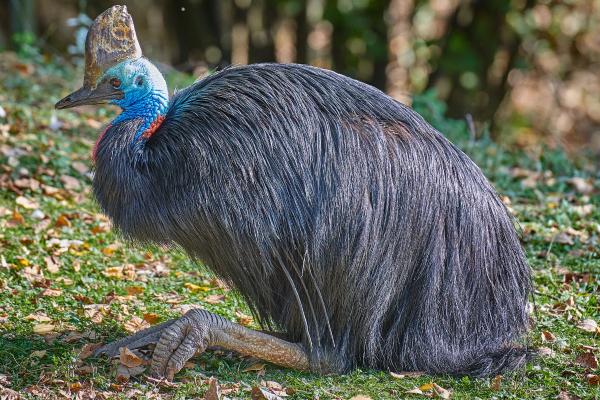
The cassowary is one of the world’s largest birds, weighing up to 85 kg and standing 2 meters tall. Found in northern Australia and southern New Guinea, it inhabits tropical forests, mangroves, and savannas. Its horn-like casque on the head makes it unmistakable. Known for its strength and aggression, the cassowary is sometimes called the “world’s most dangerous bird”.
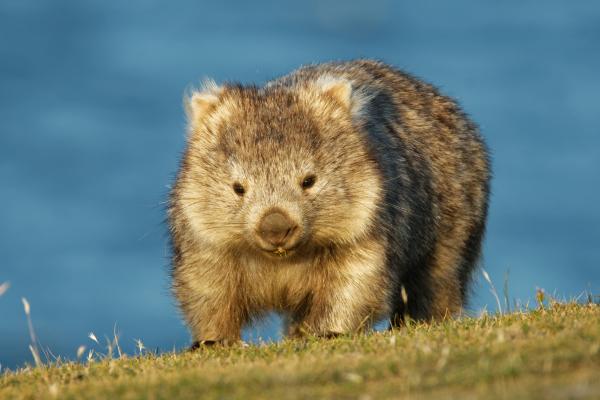
Wombats are burrowing marsupials found only in Australia and Tasmania, with three extant species. They are robust, have short legs, and are skilled diggers using strong teeth and claws. Wombats are herbivores and resemble small, bear-like animals.

The Tasmanian devil is the world’s largest carnivorous marsupial, native to Tasmania. It has a muscular build and powerful jaws, mainly preying on medium to large mammals, insects, and carrion. The species is critically endangered due to a contagious facial tumor disease and habitat loss.

The bearded dragon is a semi-arboreal, spiny reptile native to Australia’s arid and semi-arid regions. It raises its beard-like scales when threatened. An omnivore, it eats insects, leaves, fruit, and flowers. Bearded dragons are popular pets worldwide.
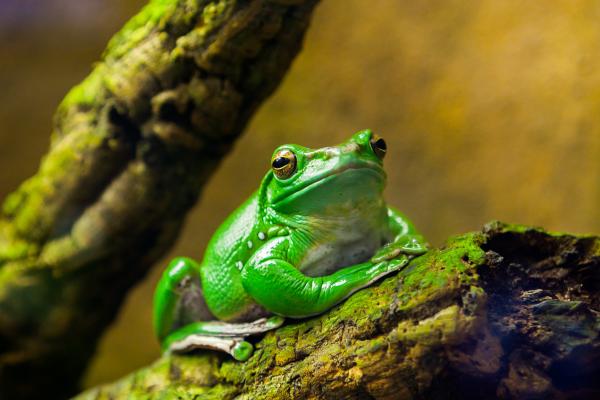
This large, docile tree frog is native to Australia and New Guinea, and has been introduced to New Zealand and the United States. Its color shifts from green to brown based on temperature, and it may have white spots on its back. Green tree frogs often inhabit human-altered environments.

Kookaburras are kingfishers native to Australia and New Guinea, found in woodlands. They are famous for their loud, laughter-like calls. Kookaburras feed on insects, rodents, small birds, and other prey with their large, strong beaks.

The saltwater crocodile is the world’s largest crocodile species, with males reaching up to 6.7 meters and 1,500 kg. Found in swamps and coastal areas from Southeast Asia to northern Australia, it is a powerful swimmer and top predator with no natural enemies as an adult.
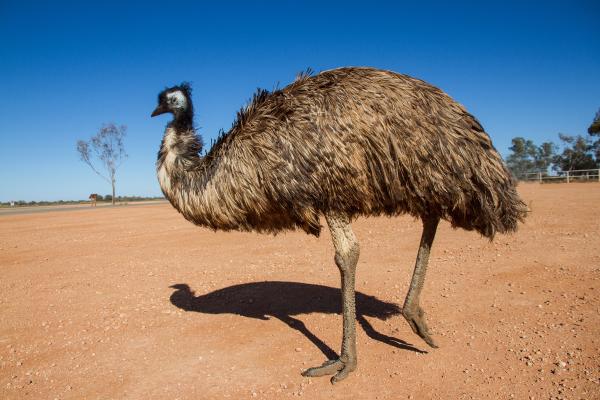
The emu is the third-largest bird in the world after the ostrich and cassowary, and is native to most of Australia. It is flightless but highly mobile, traveling great distances for food. Its plumage provides thermal insulation, allowing for diurnal activity.
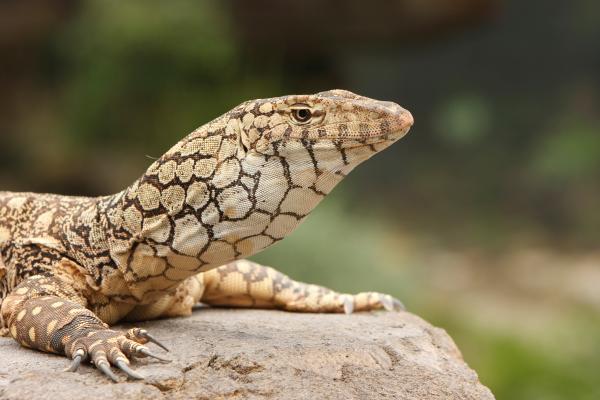
The perentie is Australia’s largest lizard, reaching up to 2.5 meters. It prefers arid and rocky regions, is an agile hunter, and preys on mammals, birds, reptiles, insects, and carrion. The perentie is also skilled at climbing and swimming.

The dugong is a marine mammal found in warm coastal waters from East Africa to the western Pacific, with a strong presence in northern Australia. Dugongs feed primarily on seagrass, grow up to 3 meters and over 400 kg, and can live up to 70 years. Despite few natural predators, they face significant threats from human activity.
These 15 iconic animals represent the incredible biodiversity of Australia and Oceania, ranging from mammals and birds to reptiles, amphibians, and marine life. Understanding and protecting these unique species is crucial for conserving the rich natural heritage of the region.
animal tags: Oceania Animals
We created this article in conjunction with AI technology, then made sure it was fact-checked and edited by a Animals Top editor.